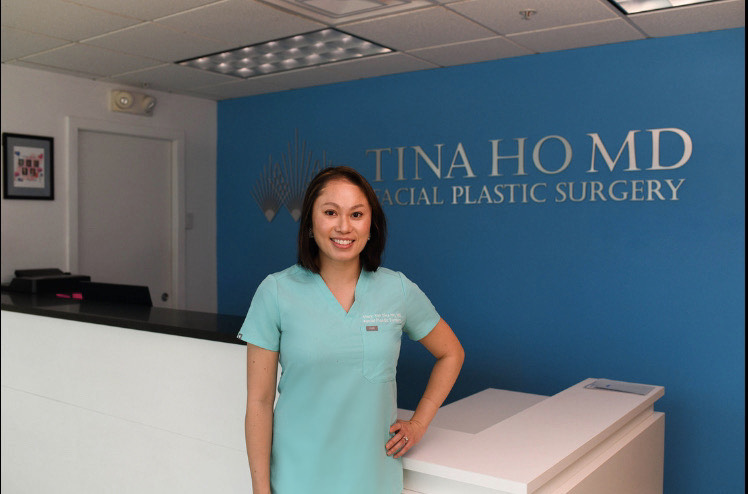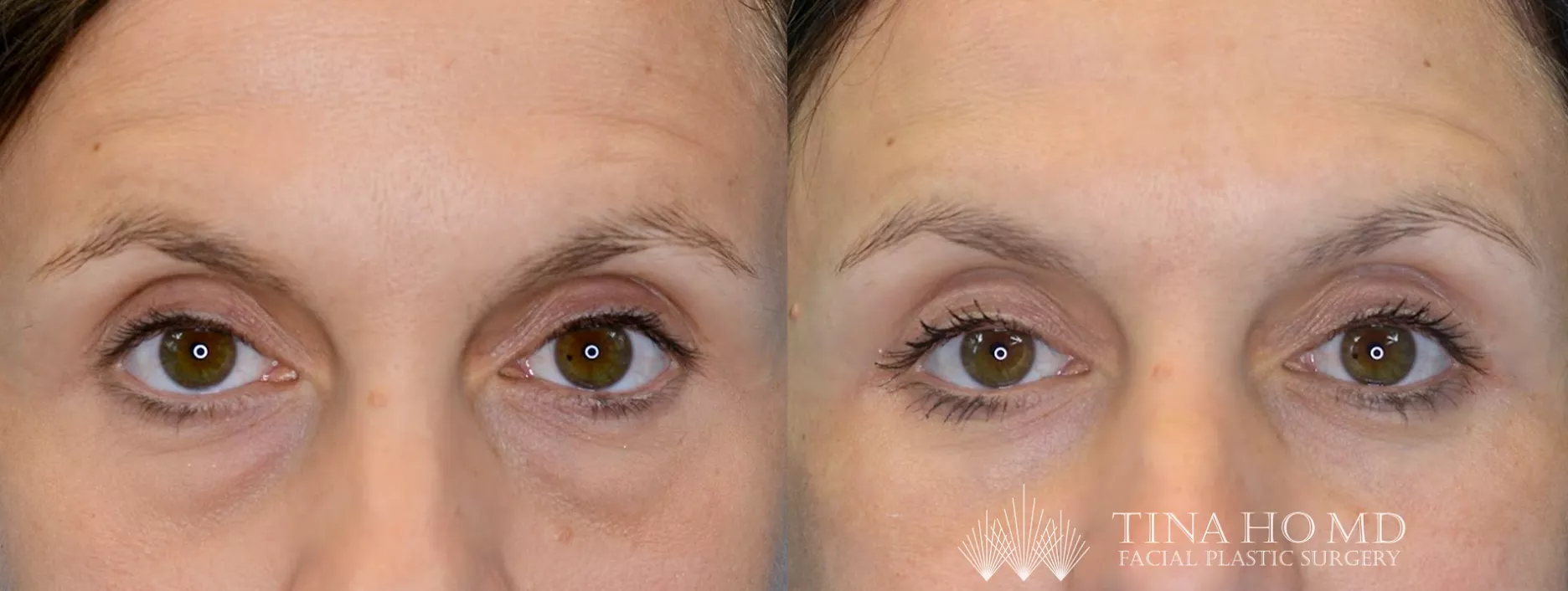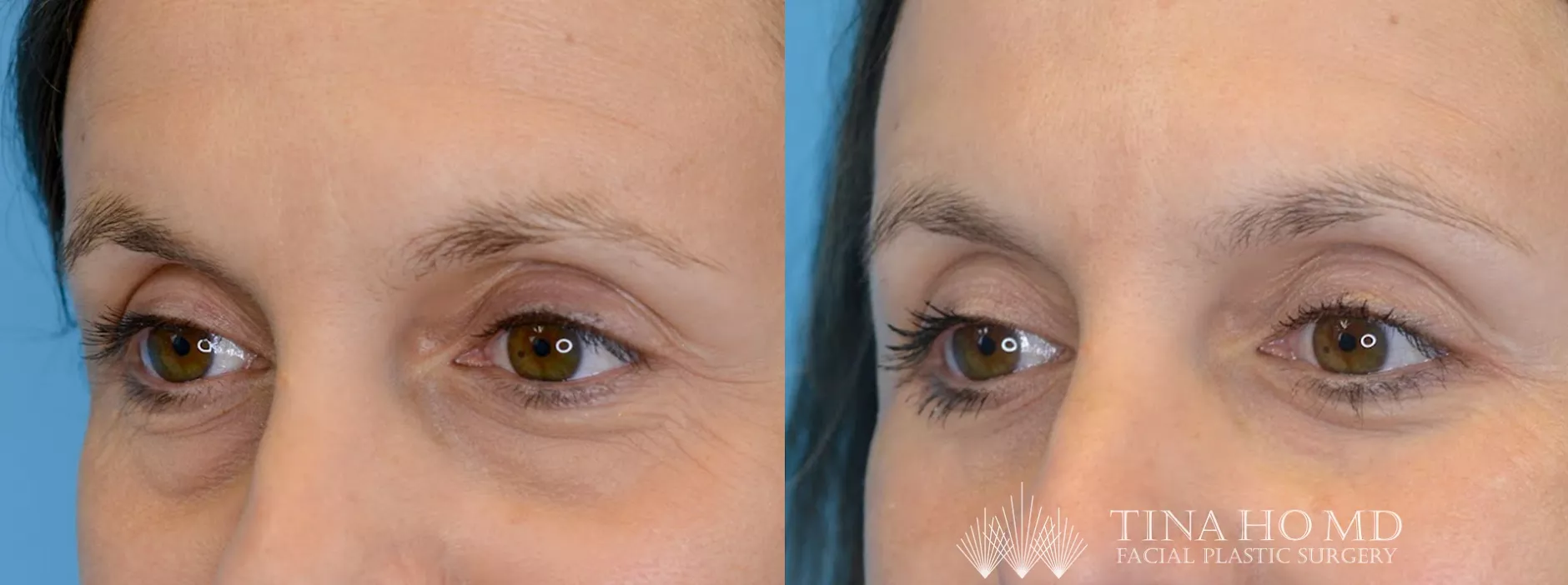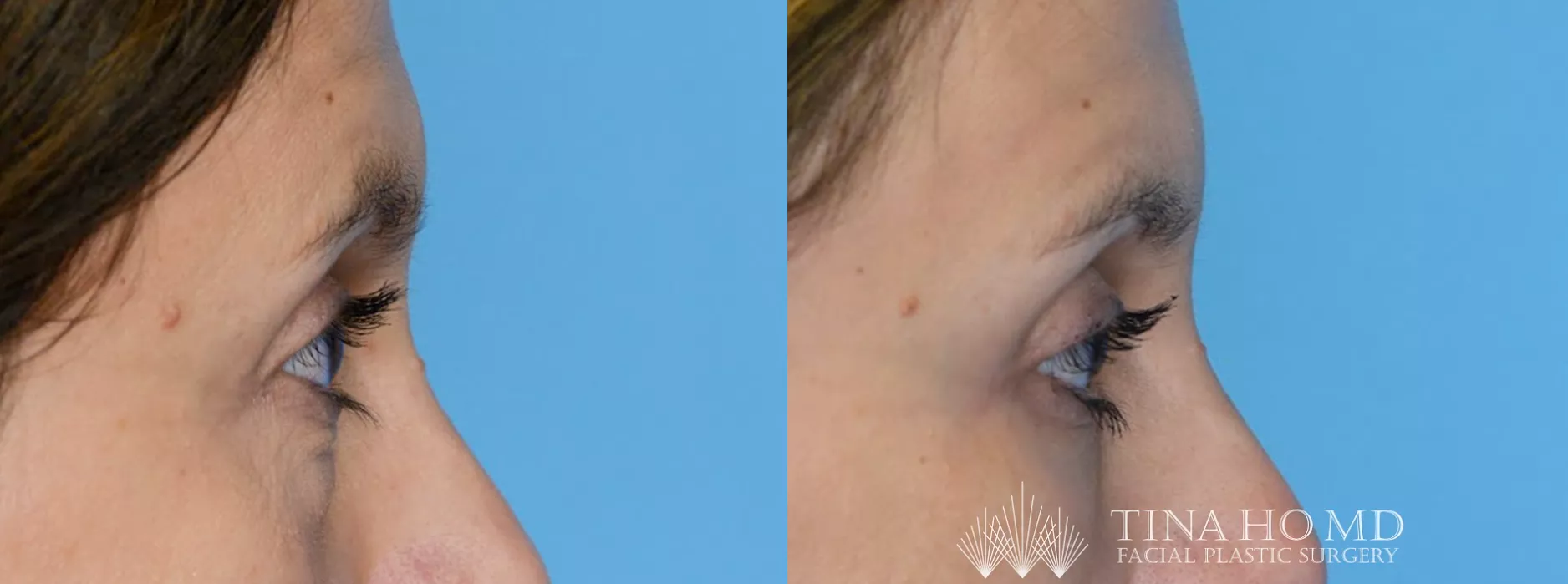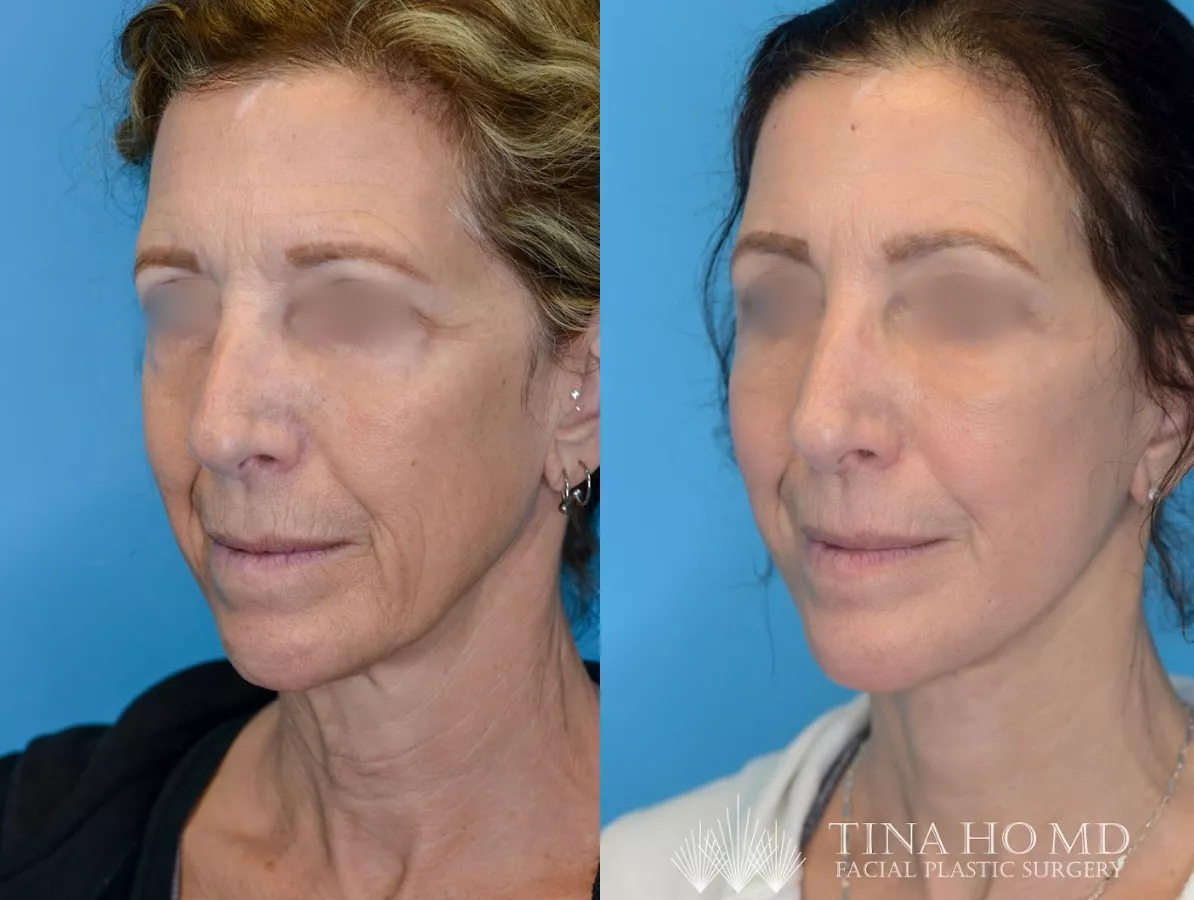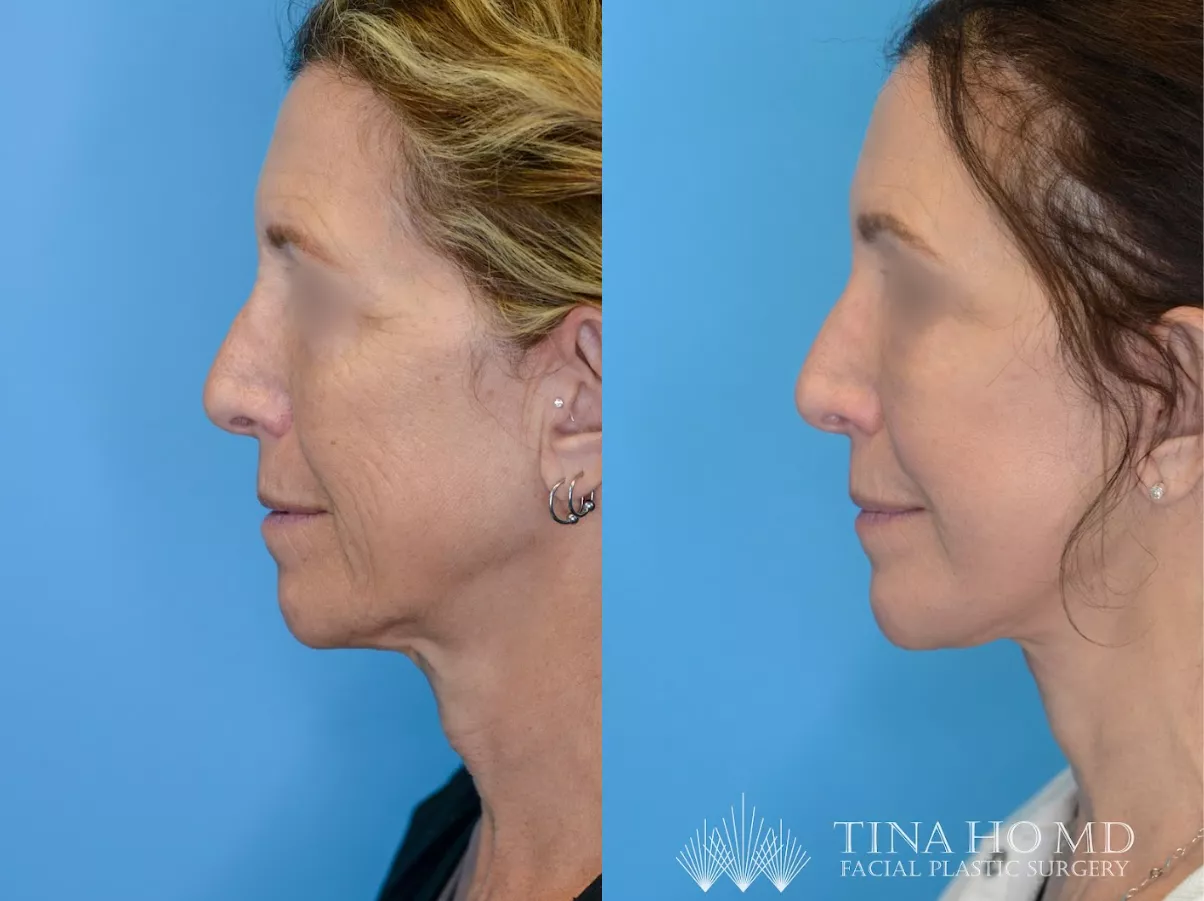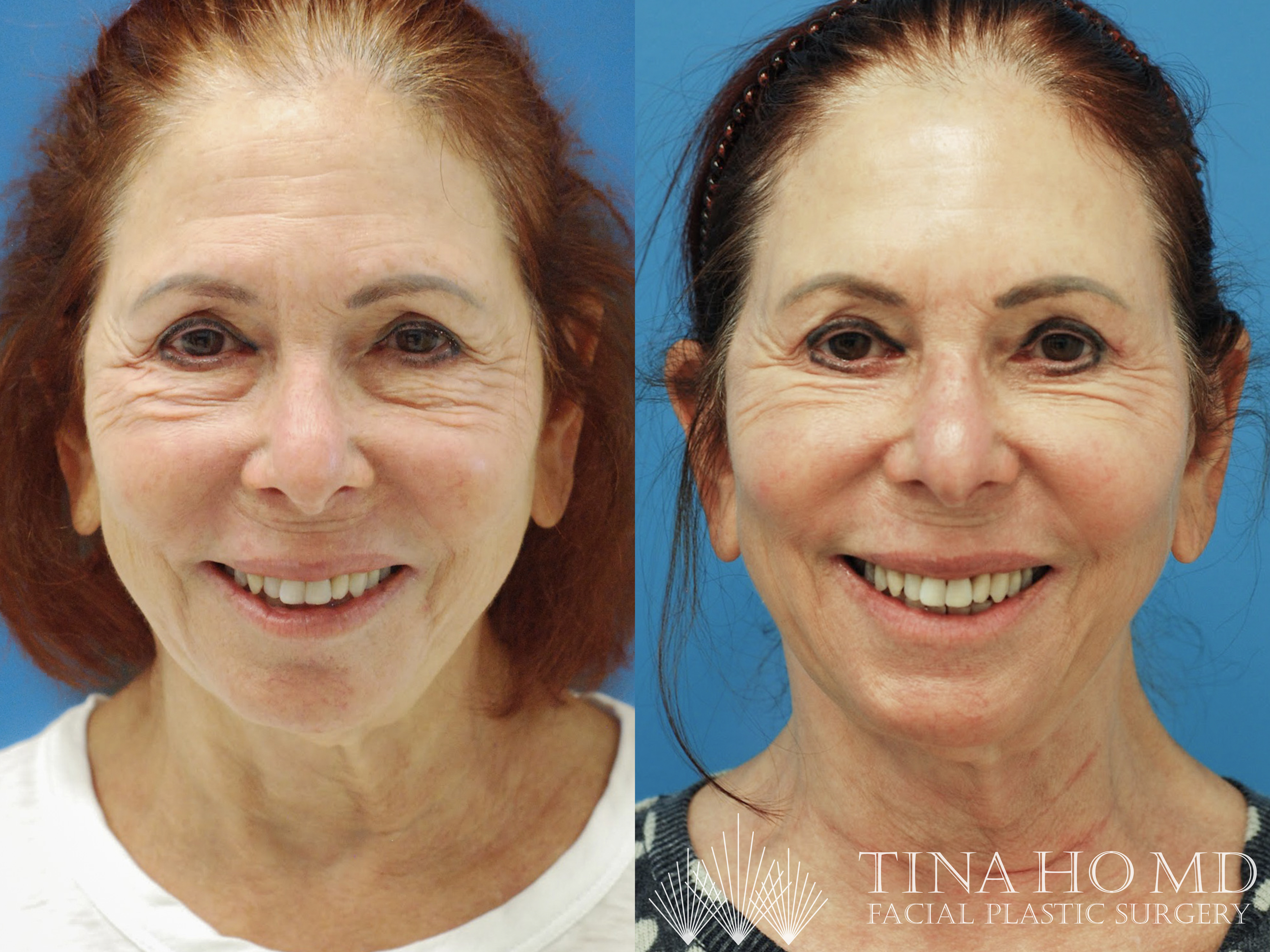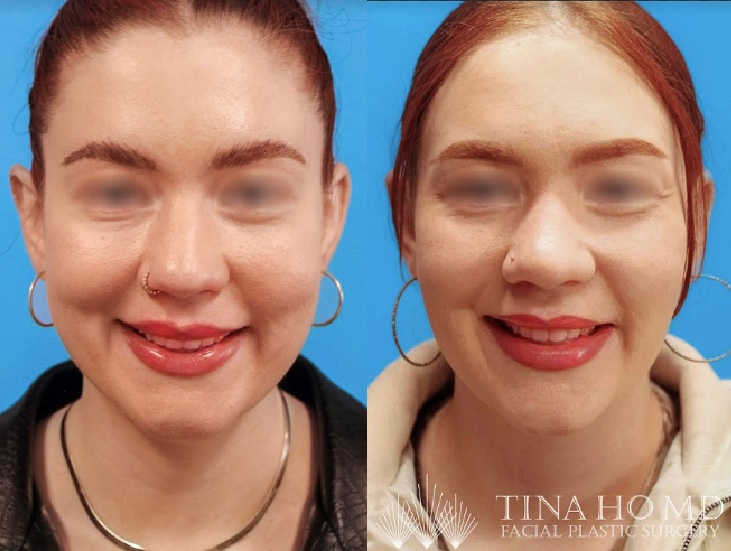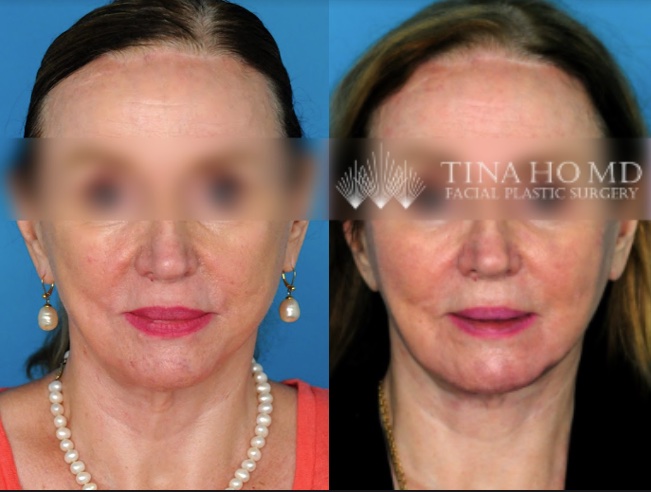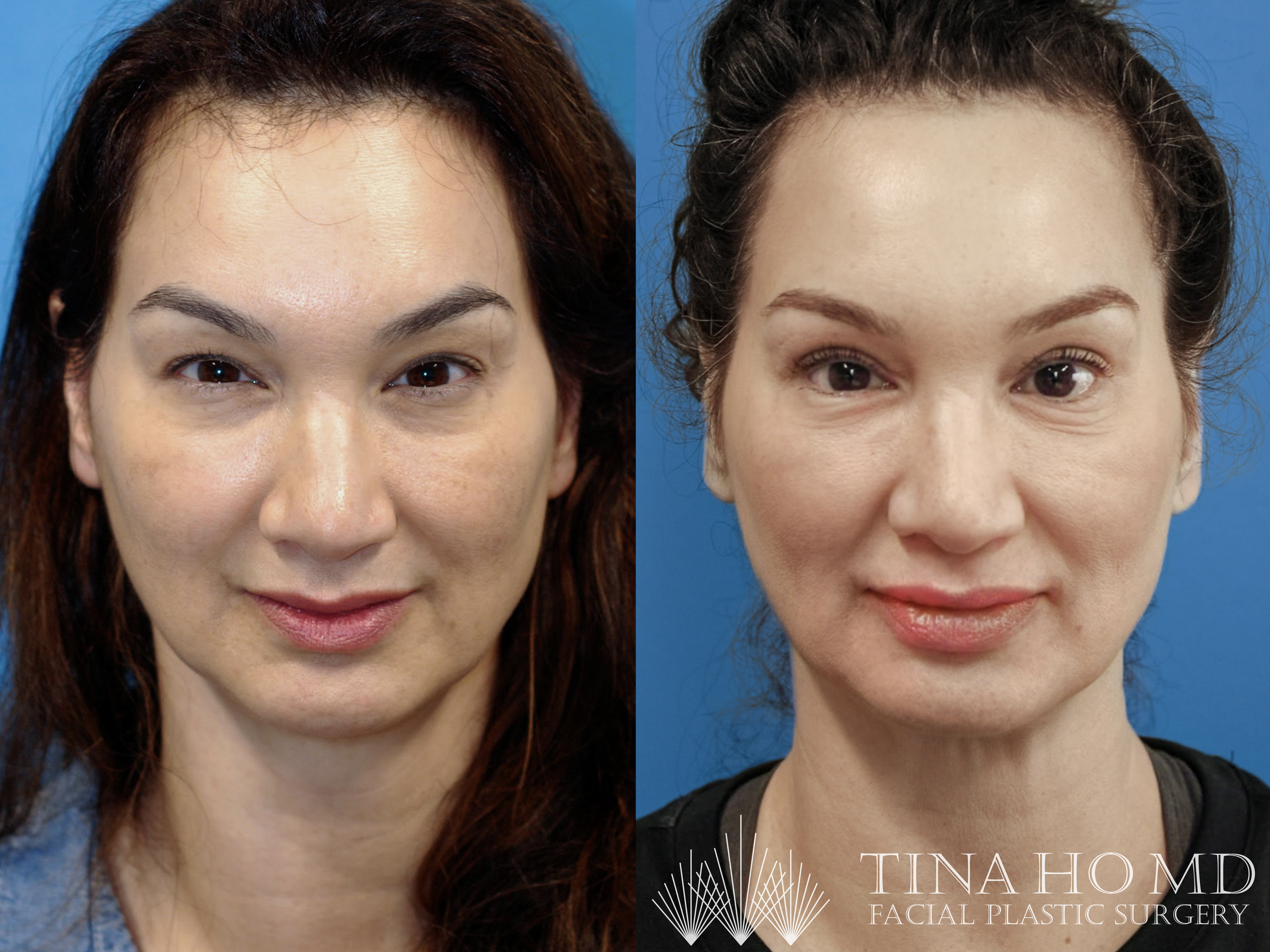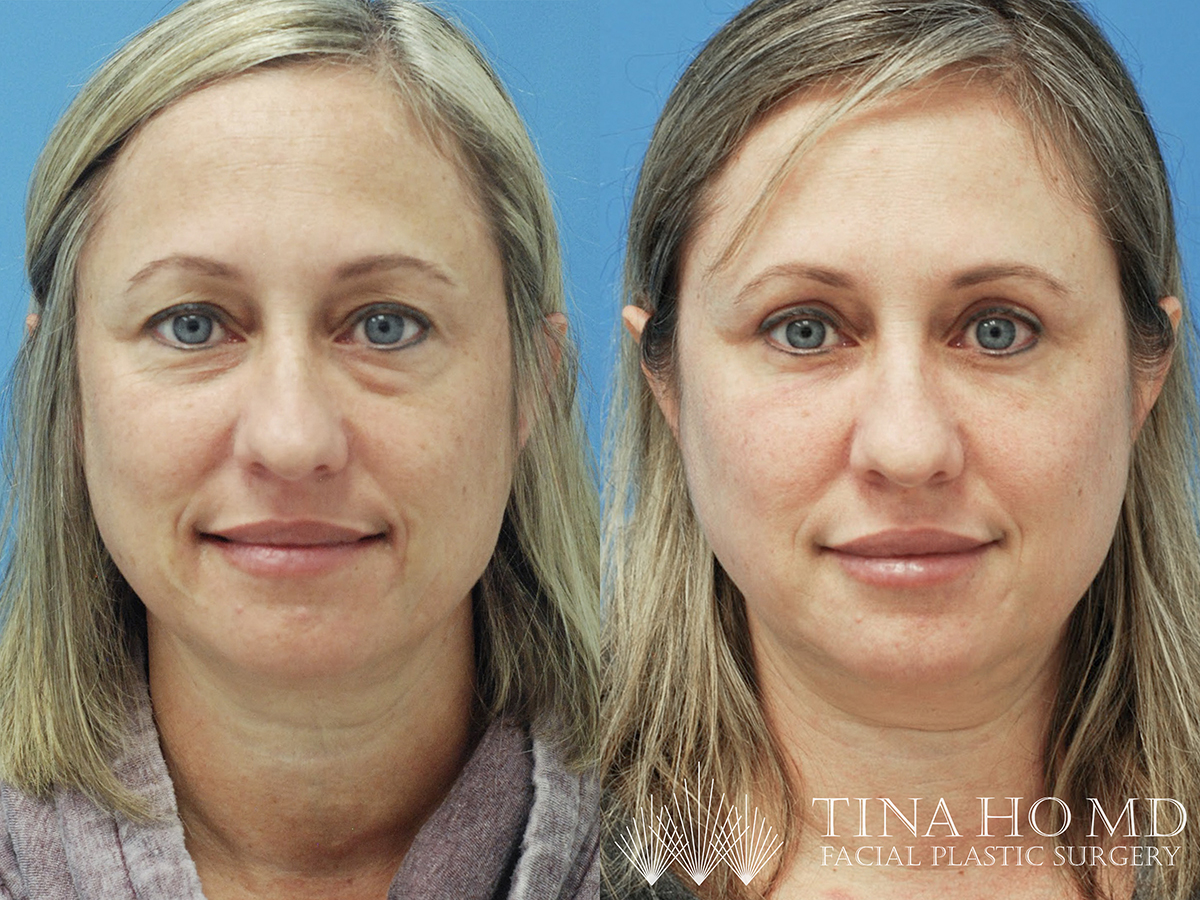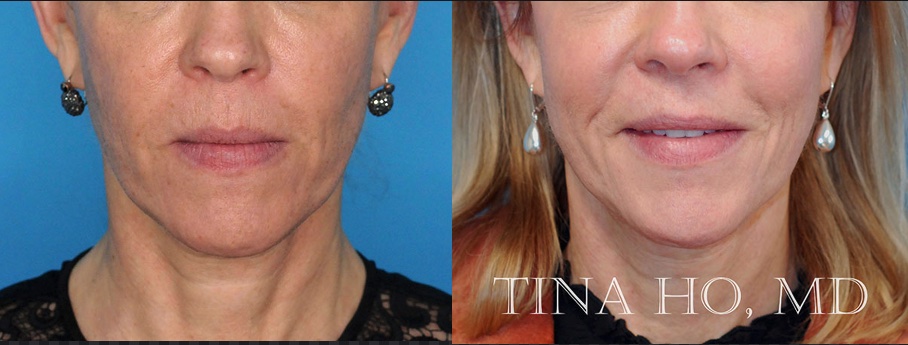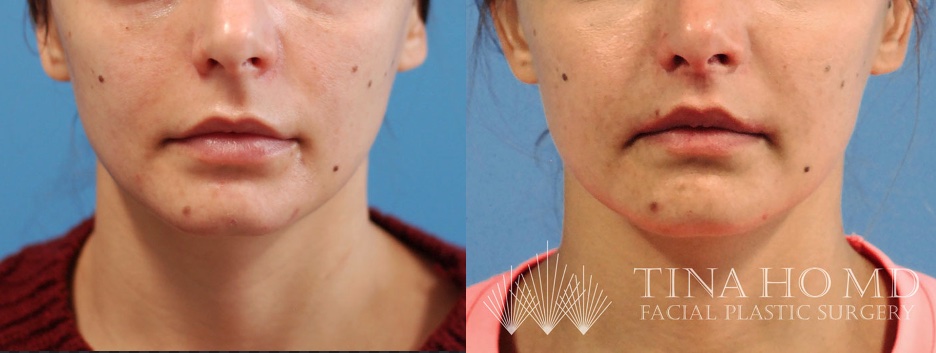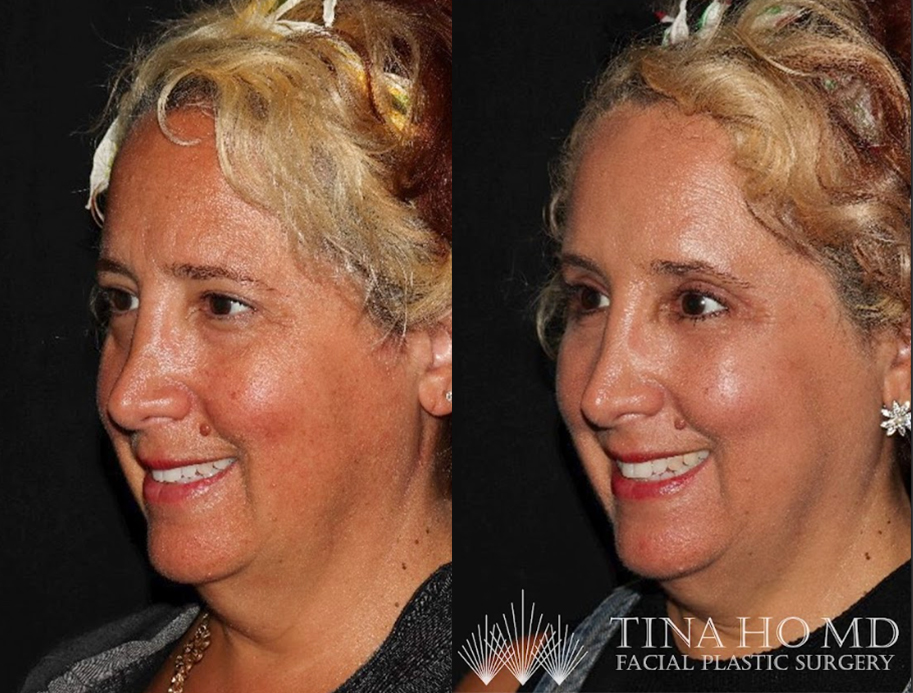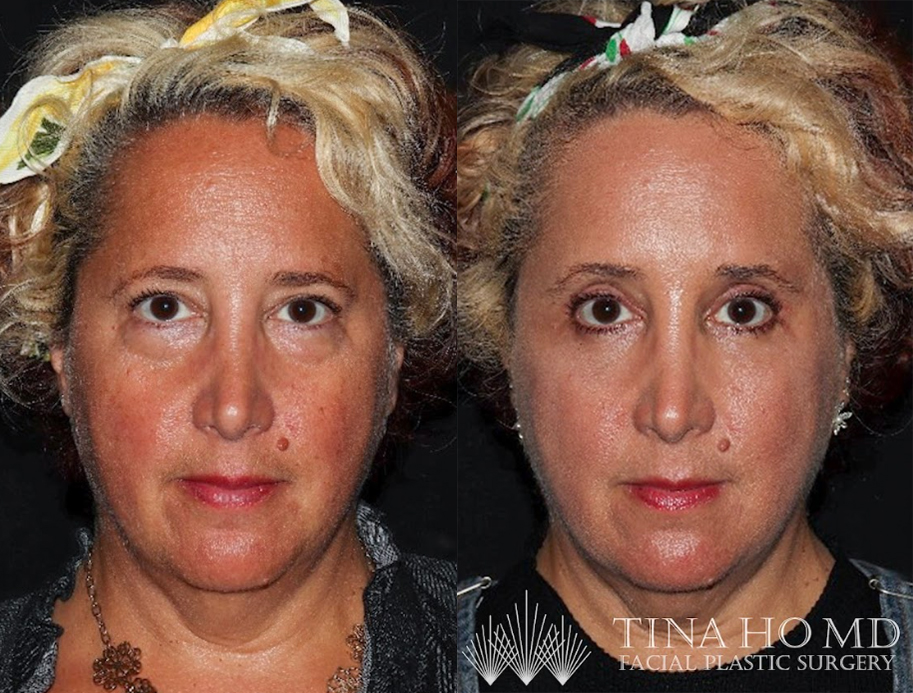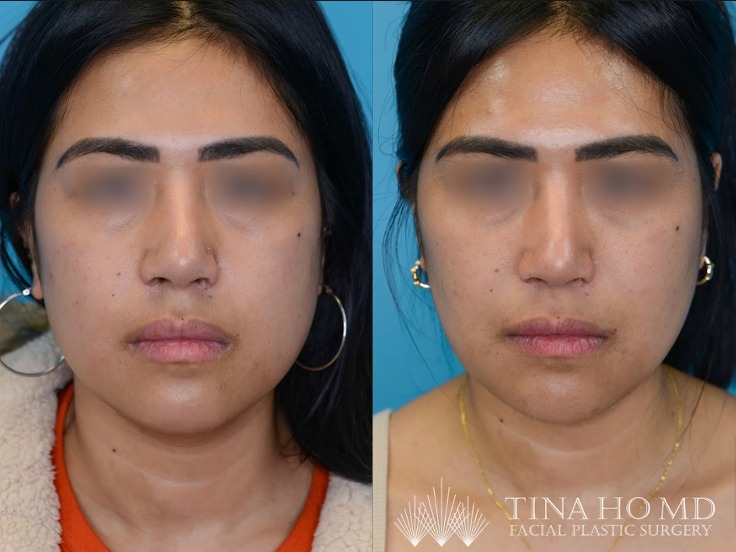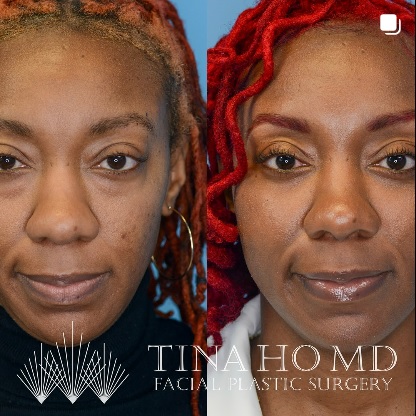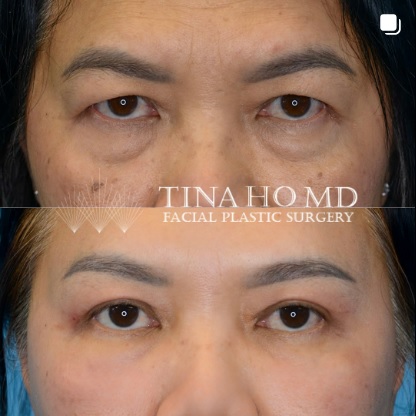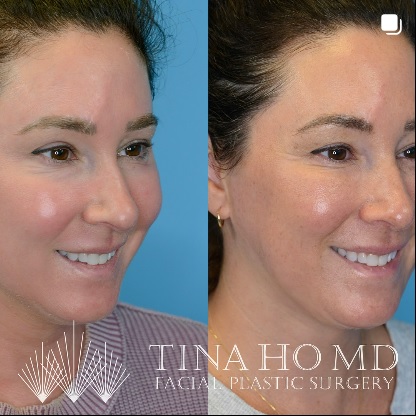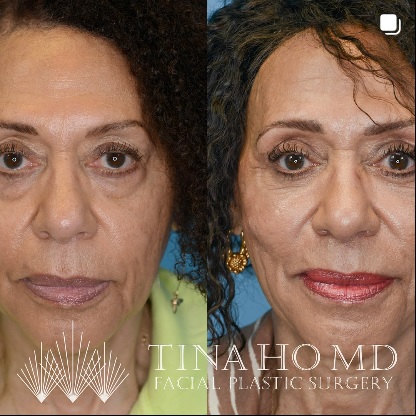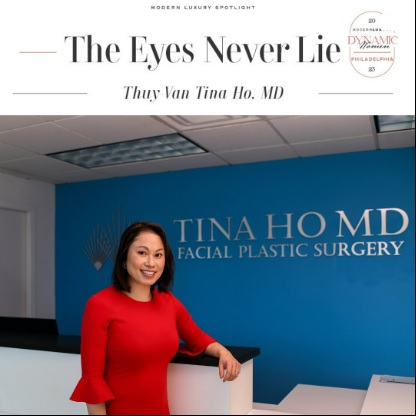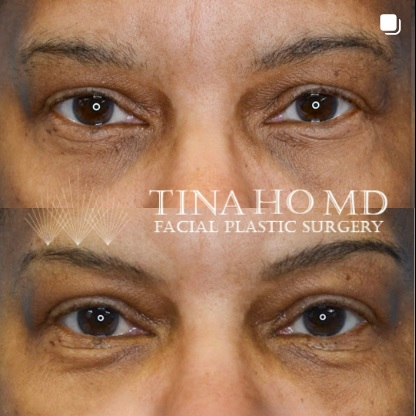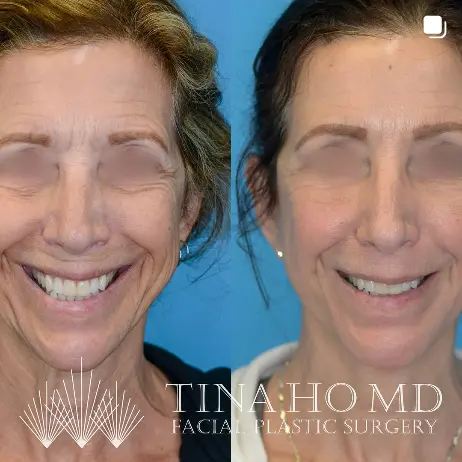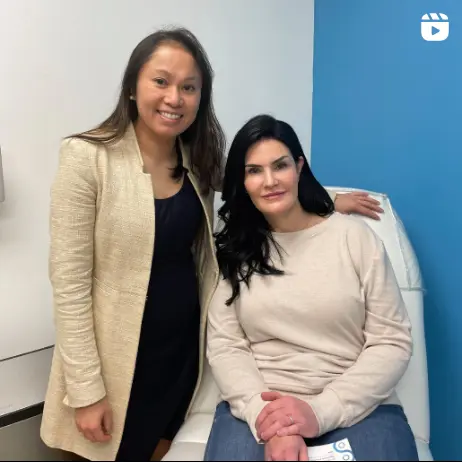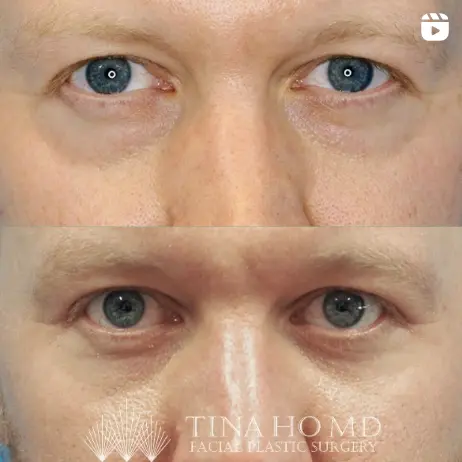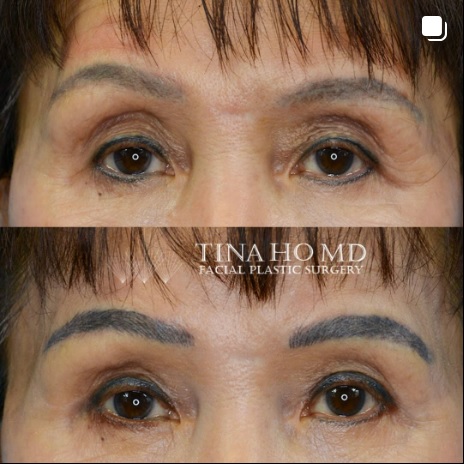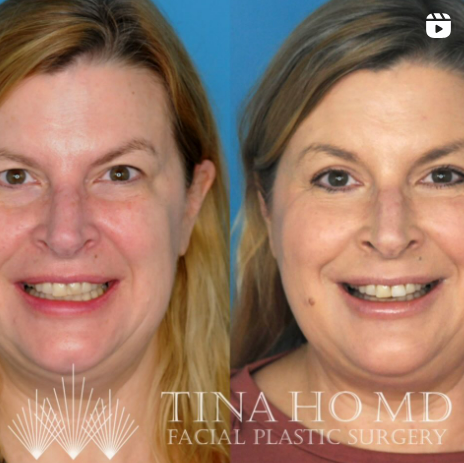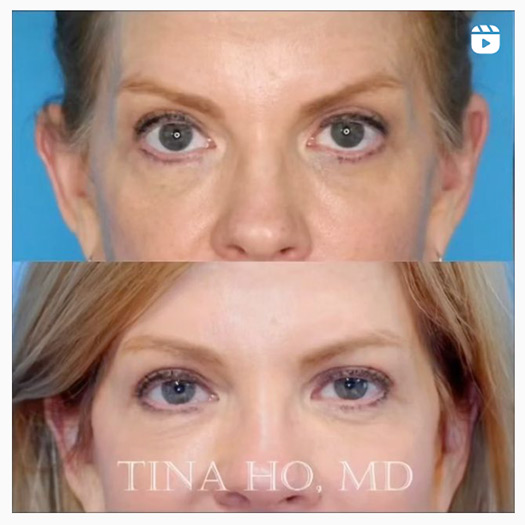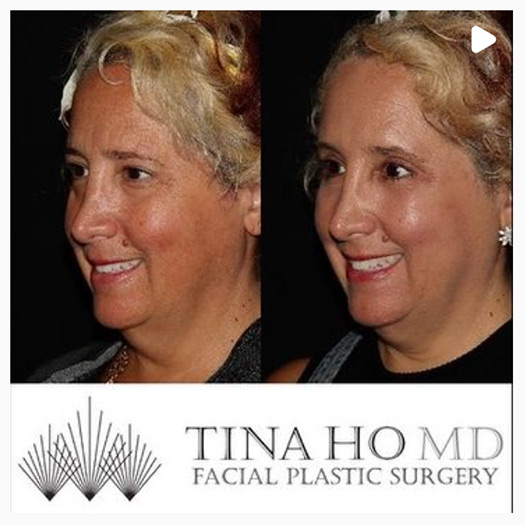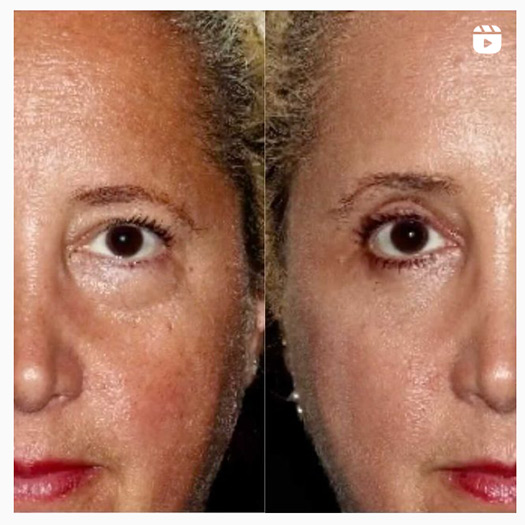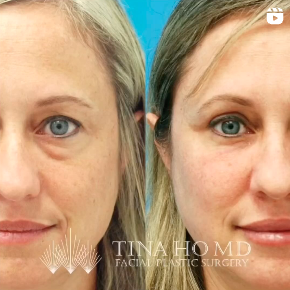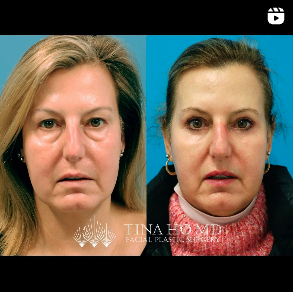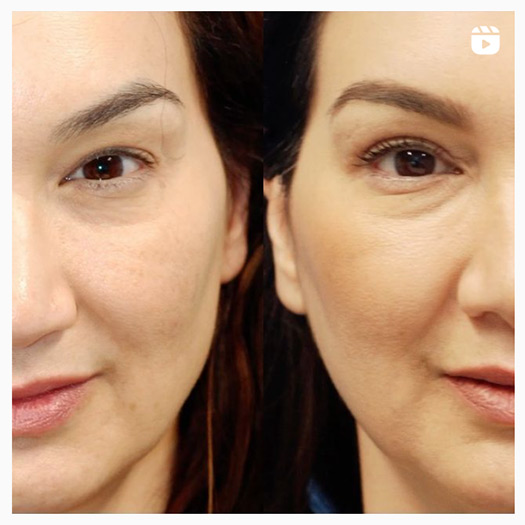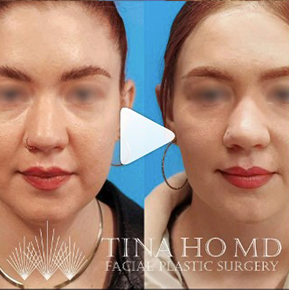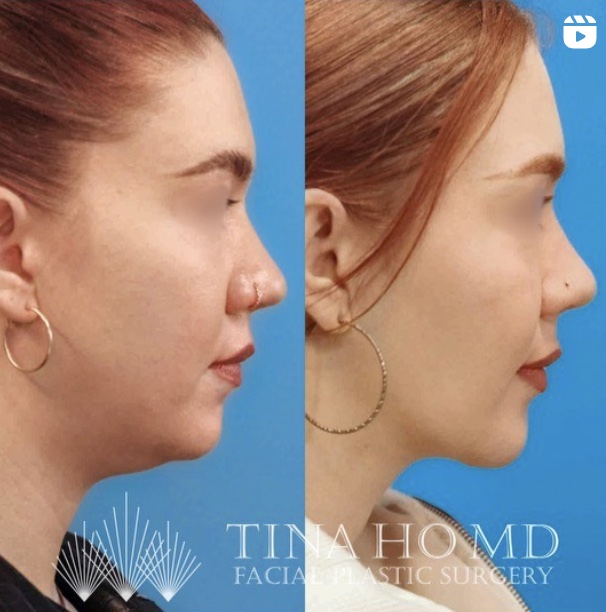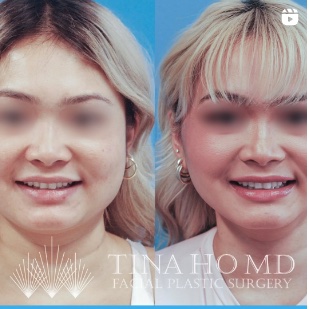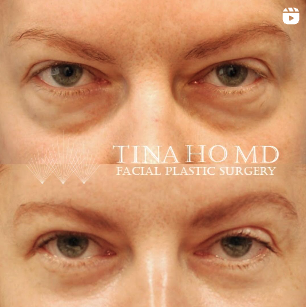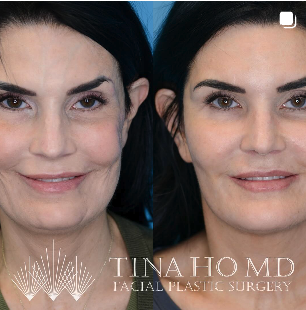Table of Contents
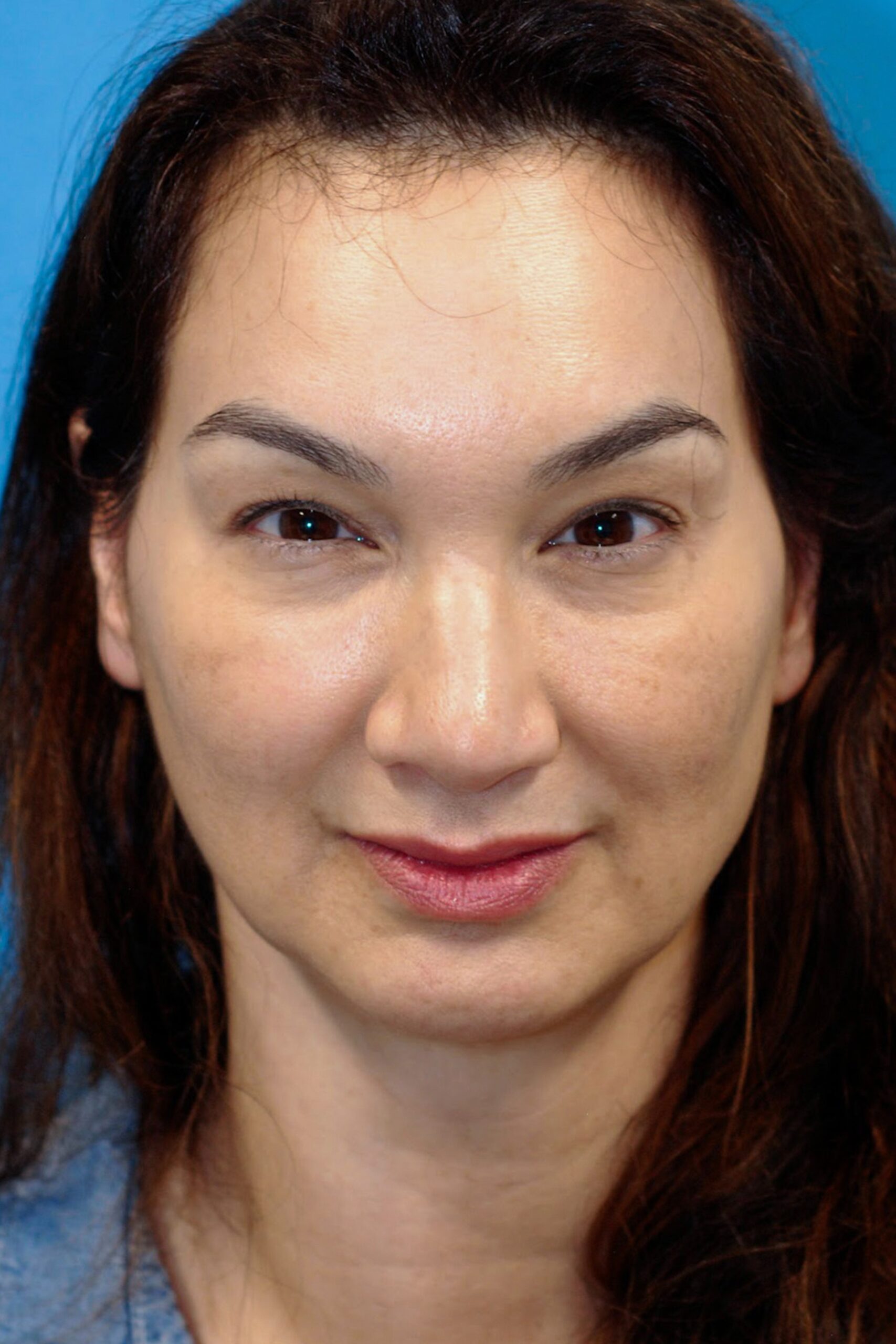
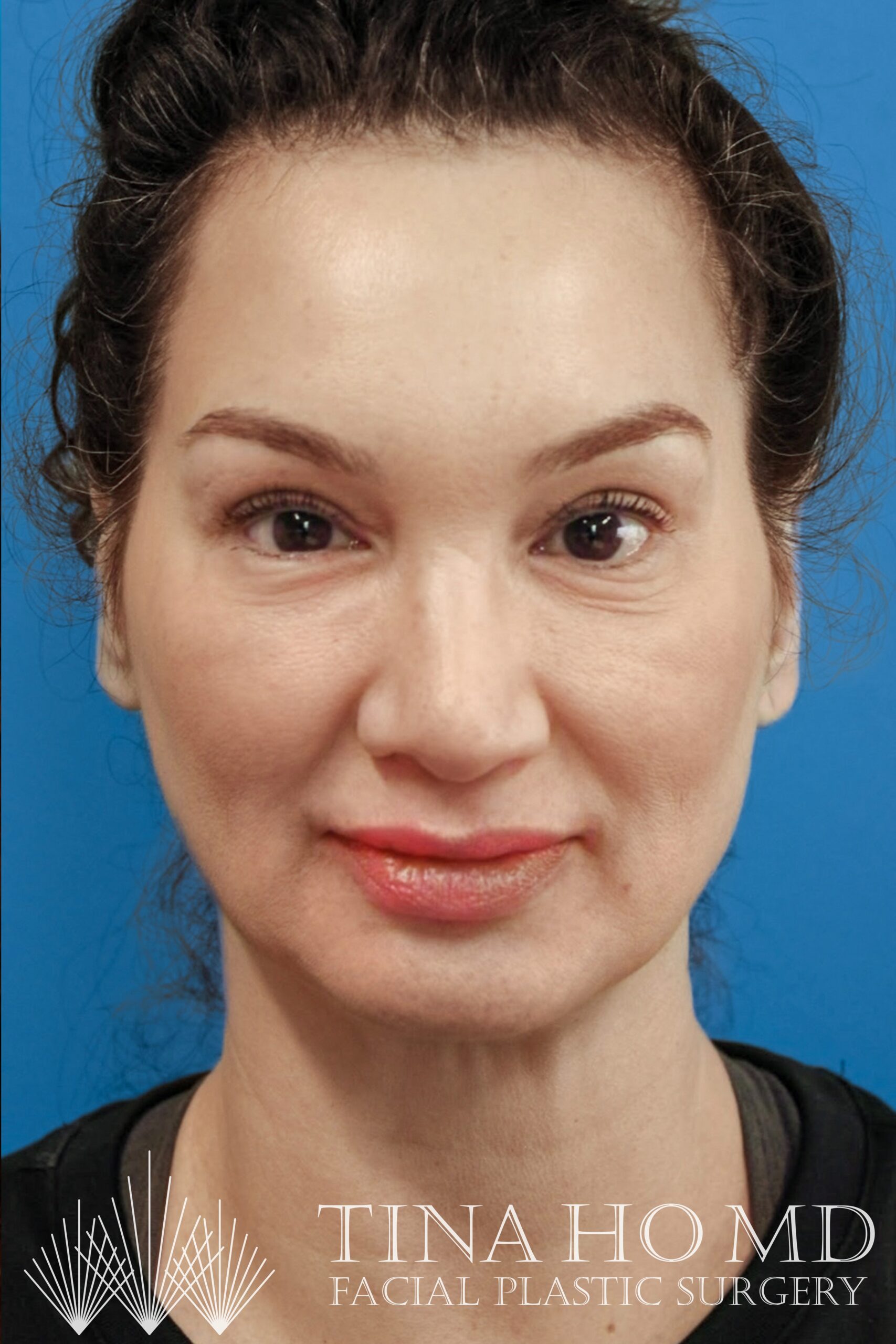
Before & After
View Gallery
Introduction to
Fat Transfer
Book Now
What is a Fat Transfer?
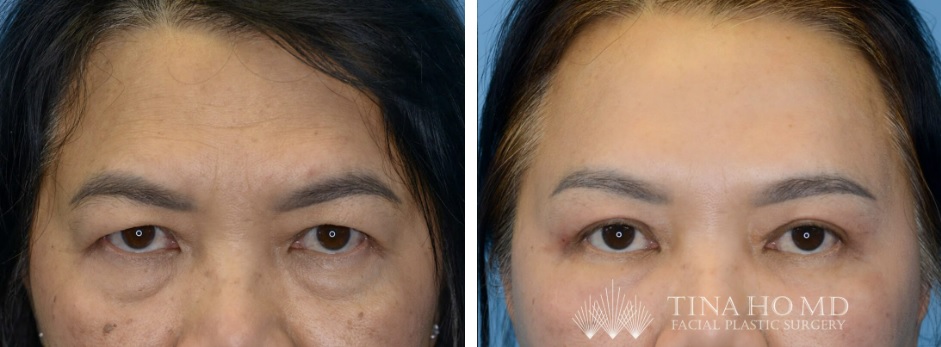
Fat transfer is a common treatment option for patients seeking to restore volume and shape to certain areas of the face including the temples, under eye areas, cheeks, and lips as well as to improve the appearance of nasolabial folds and marionette lines. Fat transfer may be performed alone or in conjunction with other aging face procedures.
This procedure requires the expertise of a surgeon who specializes in plastic surgery of the face and understands facial anatomy well. Dr. Ho specializes in fat transfer and performs each procedure in an artistic manner according to the anatomic features and surgical goals of the individual patient.
Facial Fat Transfer Before and After Videos


Before & After
View Gallery
What is Dr. Ho’s approach to Fat Transfer?
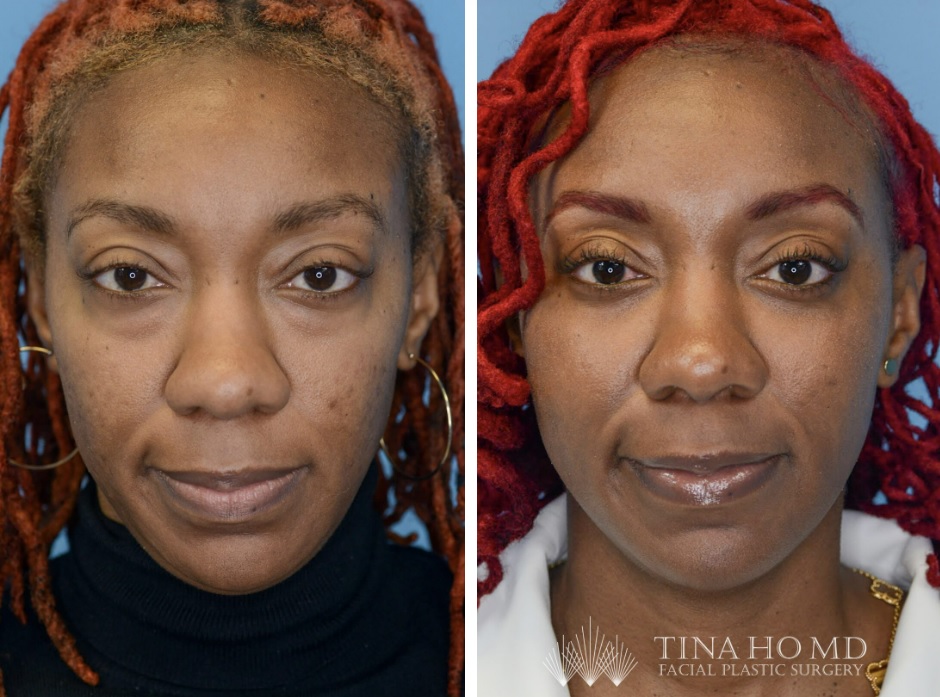
Dr. Ho dedicates ample time and counseling with every patient to select the best surgical plan that meets their expectations. In her approach to fat transfer, Dr. Ho injects the areas to be treated with slightly more volume than needed given the fact that not all fat transferred to the face will survive in the long run. She typically creates small incisions that heal well with minimal scarring and harvests fat from the thighs or abdomen.
Her surgical technique for facial fat grafting focuses on creating a natural, more youthful-appearing result that is tailored to each patient’s unique facial features. In addition, Dr. Ho often performs laser skin resurfacing in conjunction with fat transfer to improve skin tone and texture and further enhance a patient’s rejuvenated appearance.
Book Now
Facial Fat Transfer Patient Testimonial Videos
What should patients expect after Fat Transfer?
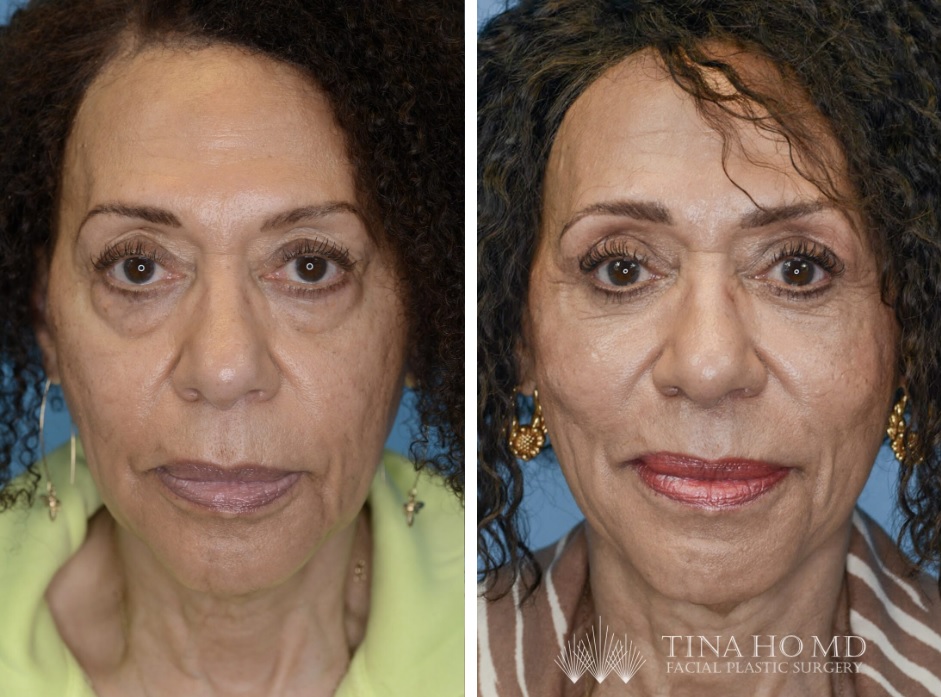
Patients should expect immediate bruising and swelling in the face after surgery that can be managed well with icing and head elevation during recovery. These will typically resolve by one month out from surgery. Any bruising or swelling in the donor site areas can be treated in similar fashion. Post-operative pain is usually mild and managed well with prescribed pain medication.
Improvement in the appearance of the face is observed as soon as after most of the bruising and swelling has subsided. Dr. Ho seeks regular follow-up with her patients to ensure that every patient heals well and is satisfied with their surgical outcome.
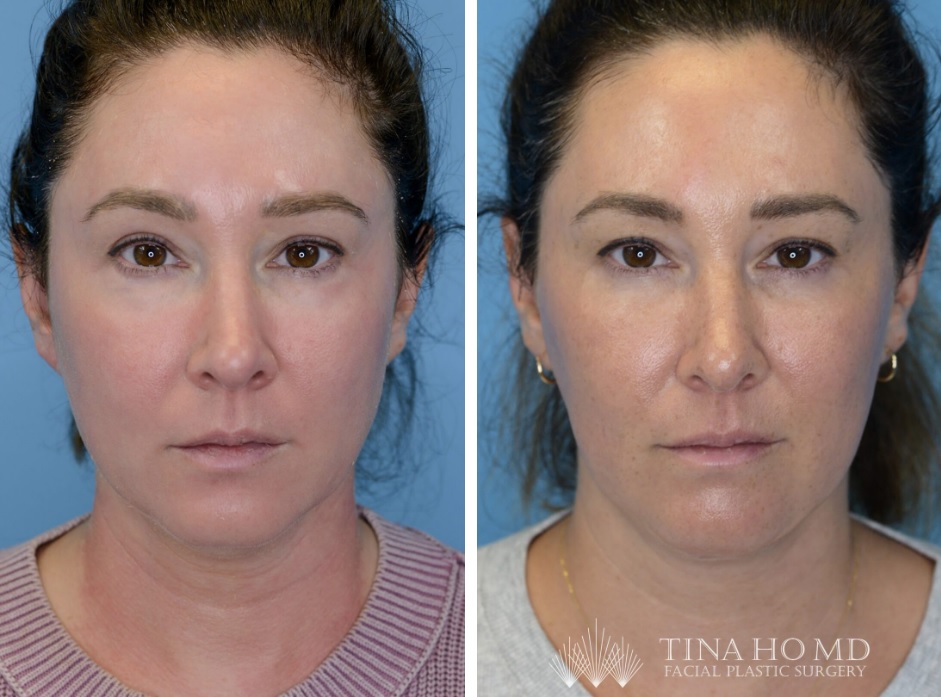
Educational Videos
Cost of Facial Fat Transfer in Philadelphia
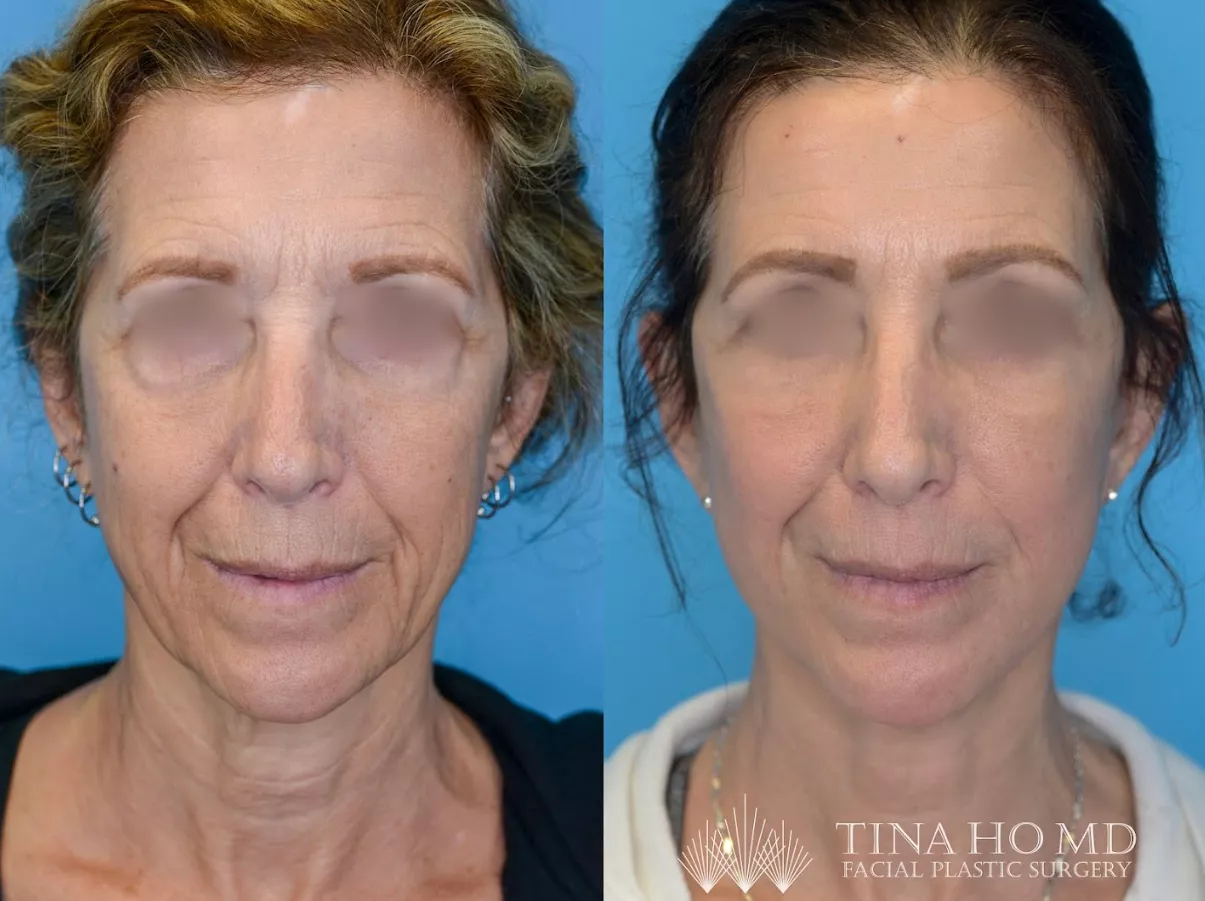
The cost of a facial fat transfer can range from $5,000 to $8,000, with the exact cost depending on many different factors. When added to other procedures, such as a facelift, neck lift, eyelid surgery, or laser resurfacing, the actual cost of the transfer may be significantly less.
What is Included in the Cost?
The above price range includes the surgeon fees, post-operative appointments, and any dressings or post-operative garments that may be needed. In addition, the price will include the cost of the anesthesia, anesthesiologist, facility fee, and support staff used during the procedure. A detailed explanation is provided at the initial consultation to prevent any surprises during your recovery.
Factors That Determine the Cost of the Procedure
When determining the cost of a fat transfer in Philadelphia, the overall amount will depend on many factors and will be customized to each patient. A multitude of aspects must be included in determining the cost.
Surgeon Experience and Expertise
When selecting a surgeon to perform your facial fat transfer procedure, it is essential to use a surgeon with extensive experience. Surgical procedures by expert surgeons are essential in providing the best results with a lower complication rate. Because of this, these surgeons are in demand leading to higher upfront costs, but in the long run, they may save you money by preventing complications or undercorrection that may require additional surgeries.
Selecting a board-certified facial plastic surgeon ensures your doctor has undergone extensive training and examinations. Board-certified surgeons invest a lot of time and money into staying current on constantly advanced surgical techniques.
Surgical Location
Procedures that require the use of an outpatient surgical facility or hospital will have the surgical site fees included in the total cost of the surgery.
Geographic Location
Larger cities, such as Philadelphia, have an increased demand for cosmetic surgeries and higher operational costs, which will lead to higher total costs of the surgery.
Post-Operative Instructions for Fat Transfer
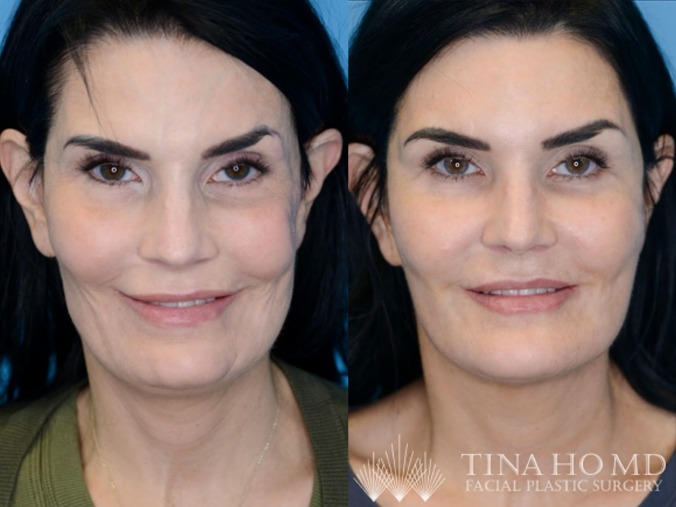
These post-operative care instructions are for patients who have undergone fat transfer procedures. Following these guidelines is essential for achieving the best results. Patients should contact Dr. Ho or her staff if they have any questions or concerns regarding these instructions.
Activity Instructions and Restrictions:
- Encourage early walking after surgery to prevent blood clots and aid recovery.
- Walk to and from the bathroom on the evening of surgery and take 20-minute walks at least three times a day starting the day after surgery.
- Avoid heavy lifting, straining, strenuous activity, and prolonged bending for two weeks.
- Use an over-the-counter stool softener like Colace to prevent constipation and straining.
- Refrain from household cleaning for two weeks.
- Avoid head or neck turning exercises and swimming for four weeks.
- Do not resume CPAP use without clearance from Dr. Ho or an ENT surgeon.
Head Positioning:
- Maintain a 30-degree head elevation during the first week to reduce swelling.
- Sleeping in a recliner or with two pillows behind your head helps maintain the appropriate head elevation.
Cool Compresses:
- Apply cool compresses (ice packs or frozen vegetables) to the face and neck, especially in areas with swelling and bruising, for 20 minutes every few hours during the first 48 hours after surgery.
- This helps reduce swelling, bruising, and discomfort.
- Avoid using anything wet or damp.
Compression Dressing:
- A compression dressing is applied over fat harvest sites in the abdomen or thigh to minimize swelling and catch drainage.
- Keep the dressing in place for the first 24 hours and change it as needed.
- Remove the dressing when the fat harvest sites are healed and no longer draining.
- If you experience worsening focal pain or swelling with the dressing on, contact Dr. Ho’s office immediately.
Diet:
- Resume drinking and eating as tolerated after surgery.
- Begin with gentle, bland foods that won’t upset the stomach, such as plain crackers, soups, noodles, mashed potatoes, pudding, applesauce, Jell-O, popsicles, and clear, non-diet soda.
- A low-salt diet helps minimize post-operative swelling.
- Contact Dr. Ho’s office if you have poor oral intake following surgery.
Bathing:
- You may resume showering the day after surgery.
- Allow water to run over your face and fat harvest site 24 hours after surgery, but avoid scrubbing or soaking incisions.
- Gently pat incisions dry after showering.
- Remove the compression dressing before showering and replace it as needed.
Incision Care:
- You have injection sites in your face and incision lines at fat harvest sites in the abdomen or thigh.
- Apply Vaseline to incisions with a Q-tip three times daily.
- Alastin Skin Nectar ointment may be applied to facial injection areas three times daily to minimize bruising and swelling.
- Follow sun protection precautions for the face and incision sites, including SPF 35 sunscreen for the first 6 to 12 months after surgery.
Medications:
- Take prescribed antibiotics and narcotic pain medication as directed starting the evening after surgery.
- Complete the full antibiotic prescription.
- Eat before taking medication to prevent stomach upset.
- Report any nausea or vomiting caused by medication.
- Over-the-counter Tylenol can be taken for mild pain, but avoid NSAIDs for the first two weeks to prevent bleeding.
- Contact Dr. Ho’s office if pain is not well-controlled or if focal pain and swelling worsen.
Self Care:
- You may resume wearing eyeglasses the day after surgery, taking care to avoid pressure on areas with fat injections.
- Contact lenses may be resumed the day after surgery, but if eyelid surgery was performed, wait one week before using them.
- Wear clothing that fastens in the front or back instead of garments that must be pulled over the head for two weeks.
- Comfortable clothing should be worn over the abdomen or thigh harvest site for two weeks.
Driving Restrictions:
- Avoid driving during the first week after surgery, especially while taking narcotic pain medication.
Work and Social Activities:
- Return to work or social activities depends on the level of physical activity and public contact in your daily life.
- Most patients can resume these activities as soon as seven days after surgery, taking into account sutures and medication use.
For Out-of-Town Patients:
- If you traveled for surgery, stay in town for 7-10 days, arranging accommodations nearby.
Follow-up Appointments:
- The first follow-up with Dr. Ho is scheduled 1-2 weeks after surgery for site checks and wound care instructions.
- Follow-up again one month after surgery for re-evaluation, or sooner if additional procedures were performed.
What to Expect After Surgery:
- Every fat transfer procedure is unique, and the extent of swelling, bruising, and tenderness varies.
- Immediate improvement in facial appearance is common.
- Dr. Ho will monitor healing and patient satisfaction through regular follow-up appointments.
Symptoms Requiring Contact with Dr. Ho’s Office:
- Fever (temperature over 100.4 degrees F)
- Increased discomfort or pain
- Signs of infection (Redness, warmth, swelling, or foul-smelling drainage at wound sites)
- Nausea and vomiting
- Drainage (including bleeding) from wound sites
- Open areas along wound sites
- Difficulty breathing
- Chest pain
BEFORE & AFTER PHOTOS
Book Now
– Dr. Tina Ho

Learn More Today
Book Now
FAQ’s
What are other surgical procedures that are routinely performed with Fat Transfer?
What are the advantages and disadvantages of Fat Transfer compared to filler injection?
What is the Cost of a Facial Fat Transfer in Philadelpha?
The average cost of a facial fat transfer by Dr. Tina Ho is $6,000-$7,000, including facility and anesthesia fees. This price may be significantly less if combined with other procedures at the time of surgery such as facelift, neck lift, eyelid surgery, and laser resurfacing. It will also be less if only treating a few focal areas.

